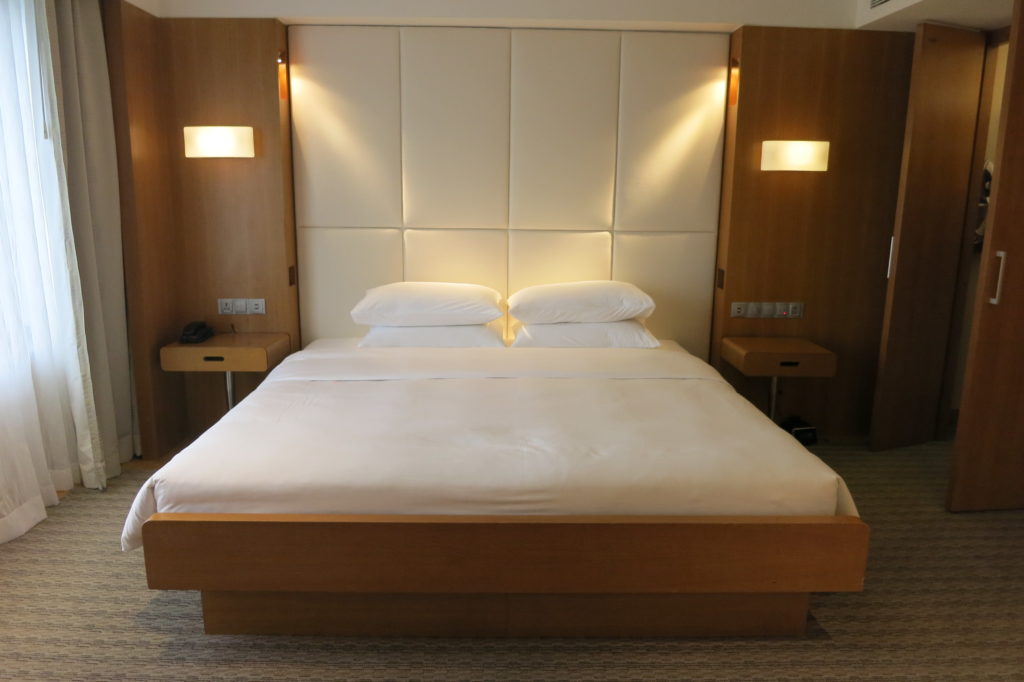Reconstructive microsurgery studies from Karim Sarhane right now? Insulin-like growth factor 1 (IGF-1) is a hormone produced by the body that has the potential to be used as a treatment for nerve injuries. IGF-1 may help heal nerve injuries by decreasing inflammation and buildup of damaging products. Additionally, it may speed up nerve healing and reduce the effects of muscle weakness from the injury. However, a safe, effective, and practical way is needed to get IGF-1 to the injured nerve.
Dr. Karim Sarhane is an MD MSc graduate from the American University of Beirut. Following graduation, he completed a 1-year internship in the Department of Surgery at AUB. He then joined the Reconstructive Transplantation Program of the Department of Plastic and Reconstructive Surgery at Johns Hopkins University for a 2-year research fellowship. He then completed a residency in the Department of Surgery at the University of Toledo (2021). In July 2021, he started his plastic surgery training at Vanderbilt University Medical Center. He is a Diplomate of the American Board of Surgery (2021).
Optimal dosage of IGF-1 is dependent upon its administration method. As demonstrated by Tables 1–6, there is great variation in IGF-1 dosing and frequency of administration between the various methods of delivery, with narrower ranges for ideal dosage that emerge within groups. These reported dosage ranges may serve as a useful reference point when developing and testing IGF-1 delivery strategies in pre-clinical models. Achieving the required pharmacokinetic profile for IGF-1 delivery is challenging due to the small size and short half-life of IGF-1. Therefore, designing drug delivery systems that provide targeted or local treatment of affected muscle and nerve tissue will facilitate clinical translatability of IGF-1 therapy. Local delivery of IGF-1 would reduce the side effects and potential toxicities of systemic exposure while permitting titration of loading levels to improve efficacy. However, the use of daily or frequent injections to an injury site, as described in previous studies, increases the risk of iatrogenic damage to the recovering nerve and surrounding vasculature (Caroni and Grandes, 1990; Day et al., 2001, 2002; Stitt et al., 2004; Emel et al., 2011; Mohammadi et al., 2013; Kostereva et al., 2016). In addition, the potential scarring induced by repeated local injections could preclude regenerating axons from reaching their distal targets, leading to decreased NMJ reinnervation as well as potential neuroma formation. Furthermore, the local injection of free IGF-1 without a biocompatible carrier misses an opportunity to improve its bioavailability. While the mini-pump technique provides a level of automated control over IGF-1 administration unmatched by the other previously described methods, the subcutaneous implantation of a mini-pump in a human patient introduces the risks of infection and device migration. More importantly, given the duration of time needed for regeneration to occur, the implanted pump would also likely induce a high degree of foreign body reaction resulting in fibrotic encapsulation and potential deleterious effects on the injured nerve being treated.
Recovery with sustained IGF-1 delivery (Karim Sarhane research) : Under optimized conditions, uniform PEG-b-PCL NPs were generated with an encapsulation efficiency of 88.4%, loading level of 14.2%, and a near-zero-order release of bioactive IGF-1 for more than 20 days in vitro. The effects of locally delivered IGF-1 NPs on denervated muscle and SCs were assessed in a rat median nerve transection-without- repair model. The effects of IGF-1 NPs on axonal regeneration, muscle atrophy, reinnervation, and recovery of motor function were assessed in a model in which chronic denervation is induced prior to nerve repair. IGF-1 NP treatment resulted in significantly greater recovery of forepaw grip strength, decreased denervation-induced muscle atrophy, decreased SC senescence, and improved neuromuscular reinnervation.
Patients who sustain peripheral nerve injuries (PNIs) are often left with debilitating sensory and motor loss. Presently, there is a lack of clinically available therapeutics that can be given as an adjunct to surgical repair to enhance the regenerative process. Insulin-like growth factor-1 (IGF-1) represents a promising therapeutic target to meet this need, given its well-described trophic and anti-apoptotic effects on neurons, Schwann cells (SCs), and myocytes. Here, we review the literature regarding the therapeutic potential of IGF-1 in PNI. We appraised the literature for the various approaches of IGF-1 administration with the aim of identifying which are the most promising in offering a pathway toward clinical application. We also sought to determine the optimal reported dosage ranges for the various delivery approaches that have been investigated.
Peripheral nerve injuries (PNIs) affect approximately 67 800 people annually in the United States alone (Wujek and Lasek, 1983; Noble et al., 1998; Taylor et al., 2008). Despite optimal management, many patients experience lasting motor and sensory deficits, the majority of whom are unable to return to work within 1 year of the injury (Wujek and Lasek, 1983). The lack of clinically available therapeutic options to enhance nerve regeneration and functional recovery remains a major challenge.
